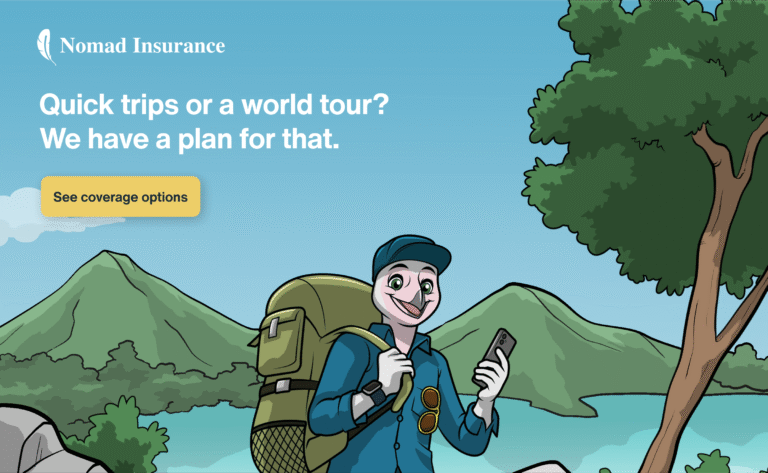Once a coveted Caribbean getaway, it has since faded from tourist brochures and turned into a country most wouldn’t dream of visiting. It even appears on Canada’s official “Do Not Travel” list, alongside Russia and Afghanistan. But curiosity got the better of me. I was backpacking across South America overland and met a Venezuelan en route. With nothing planned and no online info to guide me, I decided to take a leap of faith and cross into Venezuela. What followed was a chaotic, challenging, and eye-opening week of overland travel, friendly locals, currency confusion, and one of the most beautiful beaches I’ve ever seen, with almost no one around.
Need a Place to Stay? Here’s some of my favourite places to stay in Caracas
$$$ Eurobuilding Hotel & Suites Caracas – Click here for rates and availability
$$ HOTEL CHACAO SUITES – Click here for rates and availability
Getting In
While most travelers fly into Caracas, I was determined to keep my journey overland. There wasn’t much information available, so I wasn’t even sure it was possible. But after meeting a Venezuelan on a bus from Georgetown, Guyana to Boa Vista, Brazil, I decided to follow his route.

It’s important to note: you can’t cross from Guyana into Venezuela legally without going far out of the way or hopping on boats. Starting from Boa Vista, we headed north to Pacaraima, the Brazilian border town. A $6 taxi took us across the border to Santa Elena in Venezuela, with stops at both immigration posts.
The ride was smooth, but the paperwork wasn’t. I traveled with dual citizenship (Brazilian and Italian). While Italians don’t need a visa, the officials weren’t thrilled that I was trying to leave Brazil as a Brazilian and enter Venezuela as an Italian. He made me turn around, and I headed back to Brazil. This time, I entered as a Brazilian, but exited as an Italian. The guy said this was not normal, but that he would do it for me. Once I got the exit stamp for Brazil I was able to get into Venezuela no problem. I got stamped through, but my original taxi had left, so just to get to the bus terminal, I had to take another.
Transportation: 48 Hours to Caracas
From Santa Elena de Uairen, buses go to almost every major Venezuelan city. I negotiated a $30 fare to Caracas, supposedly on a direct bus. Spoiler alert: it wasn’t. The bus left four hours late, combined passengers from multiple companies, and required a transfer 3/4 of the way there. I had to be aware of what was going on and knowing Spanish definitely saved me. There was no signage, no announcements, and no one helping anyone connect to their next bus.
The ride was long and unpredictable. The first bus was sweltering without AC, the second was freezing cold. Bring layers. The entire journey from Boa Vista to Caracas took nearly 48 hours, something only worth attempting if you have the time, patience, and flexibility to deal with the unknown. One thing I regret is not setting up an e-SIM before crossing into Venezuela.
Getting Around Venezuela: Buses, Taxis & Delays
Once in Caracas, I took a $3 bus to Maracay, and from there another to the coastal town of Choroní for the same price. That second ride didn’t leave for nearly three hours. Venezuelan buses often wait until they’re full before departing. Think chicken buses in Central America. On the way back, I opted for a shared taxi to Maracay. Faster, but a bit more expensive.

Leaving Venezuela, I bought a ticket from Caracas to San Antonio del Táchira (on the Colombian border) from Terminal La Bandera in Caracas. They organized this route better than my entry, and they even issued “Uno” cards to help facilitate the bus transfer, probably the most efficient system I saw in the country.
Money: A Financial Minefield
Oh boy, where do I even start?
I was warned I wouldn’t be able to use my credit card or find ATMs. So I withdrew Brazilian Reais in advance, exchanged them for USD, and crossed the border with $400 in cash. At the border, I exchanged 2,000 Reais for $400, shockingly close to the official rate. I was a little bit suspicious of the 100 USD notes I got, but in the end, they ended up being fine.
That was only the beginning. Although USD is widely accepted, getting change is a challenge, which, of course, was a struggle with my $100 bills. Once I did get my hands on some change, I learned that no one uses coins. You’ll receive a mix of new Bolivares, old Bolivares, and sometimes USD, all valued differently.
Now this is where you have to be good at math. 1 USD = 32 Bolivares, simple enough. It would be if they didn’t also mix in their old Bolivares for their 1s and 0.5s. The Old Bolivar 500k note = 50 cents, and the 1M Old Bolivar note = 1 Bolivar. To make it even worse, the 500k Old Bolivar note looks identical to the 10 New Bolivar note, even though one is worth 20x the other. You’ll be working with 3 different currencies at all times, unless you are near the Colombian or Brazilian border, in which case you can add in a 4th one.
In short: bring cash, know your exchange rates, and double-check every note. You’ll be doing mental math constantly.

Accommodation: Where to Stay (and How to Find It)
Venezuela has little tourist infrastructure, and almost nothing is available online. I found one affordable guesthouse on Booking.com (shoutout to Candida in Caracas, legendary host), but I didn’t book ahead and ended up knocking on her window at 7am. In Choroní, there were no listings online, but since it wasn’t high season, I found a nice guesthouse by walking down the main street.
Private rooms were the only option in the country, no hostels, which pushed prices up. I paid $15 in Caracas and $20 in Choroní. That’s reasonable if you’re splitting costs, but for solo budget travelers, it’s on the higher end compared to the rest of South America.
Is Venezuela Safe?
Surprisingly, yes, with big caveats. Caracas, in particular, felt safer than many other Latin American cities like Lima, São Paulo, or Medellín, at least during the day. I stuck to the city center, avoided wandering at night, and didn’t flash valuables.
The only moments I truly felt unsafe were at police checkpoints during long bus rides. They occur every 20 minutes or so. Most times, they just checked my passport and let me go on my way. The police searched me twice. Once, they held up the bus; another time, they tried to extort me. I refused the bribe, and they led me to a bathroom where they questioned me and searched my entire bag, eventually letting me go after finding $100 hidden in my socks. I was nervous, but stayed calm. Speaking fluent Spanish almost certainly saved me.
Day 1–2: Caracas Culture & Unexpected Kindness
On my first day, I took the metro to the city center, visited the Palacio Federal, and stood in line for two ice cream cones for just $1. From there, I wandered to Plaza Bolívar and several historic churches, eventually reaching the National Pantheon, where Simón Bolívar is buried. I also got a haircut on the side of the road, something I love doing in foreign countries. I ended at the Plaza Diego Ibarra and much like the Simon Bolivar Square, it felt super safe with an event, music playing, and kids running around.
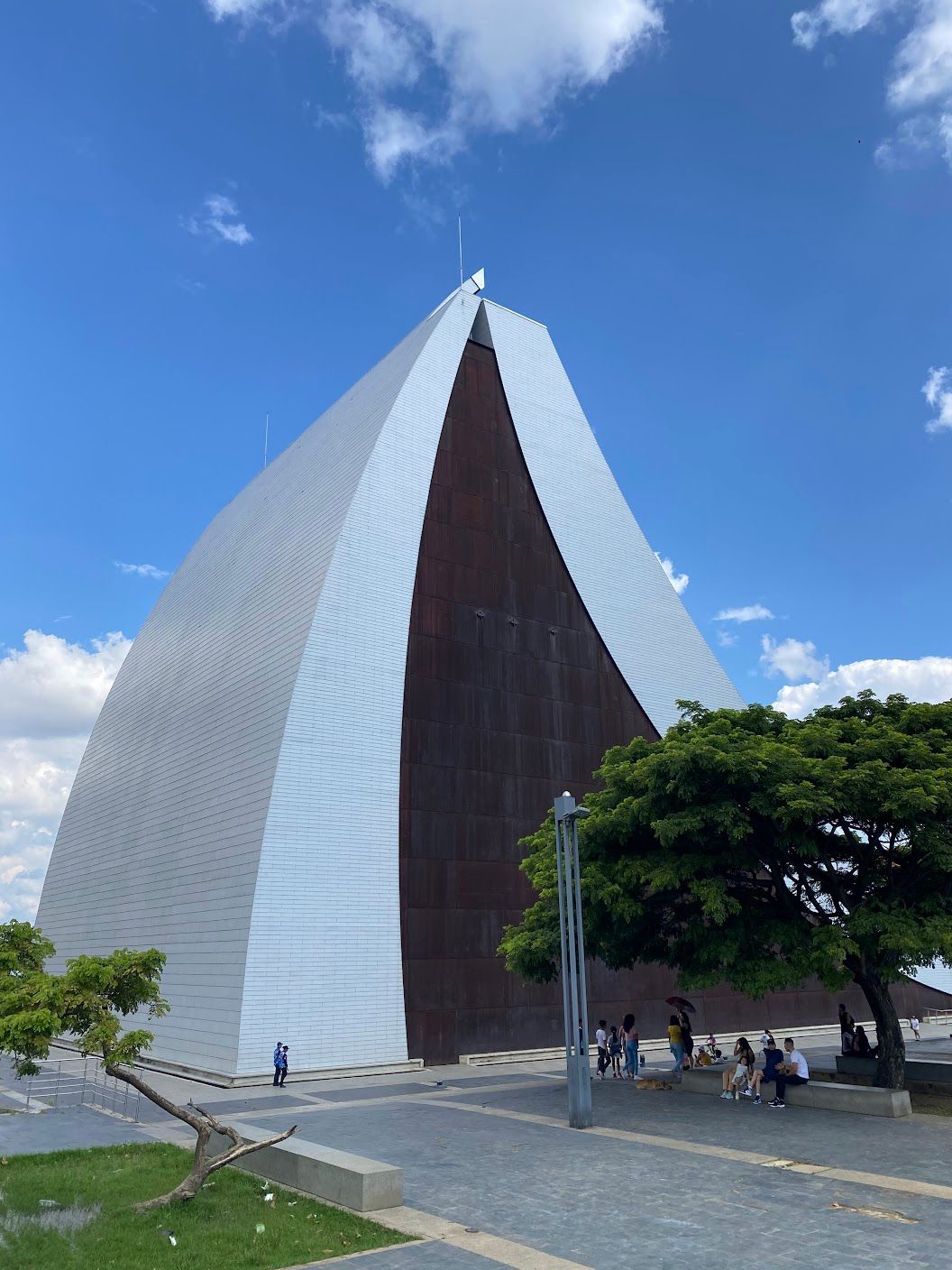
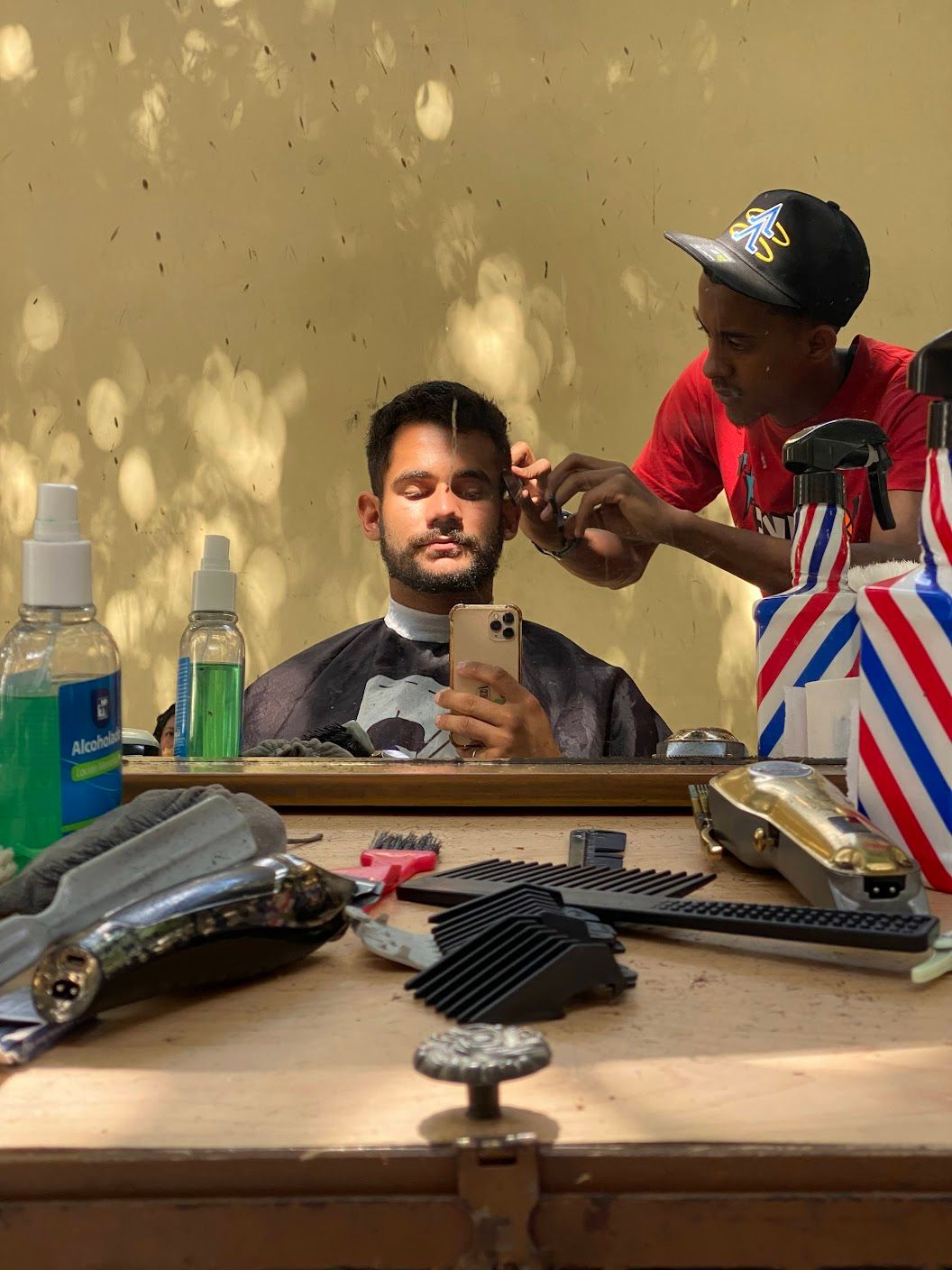
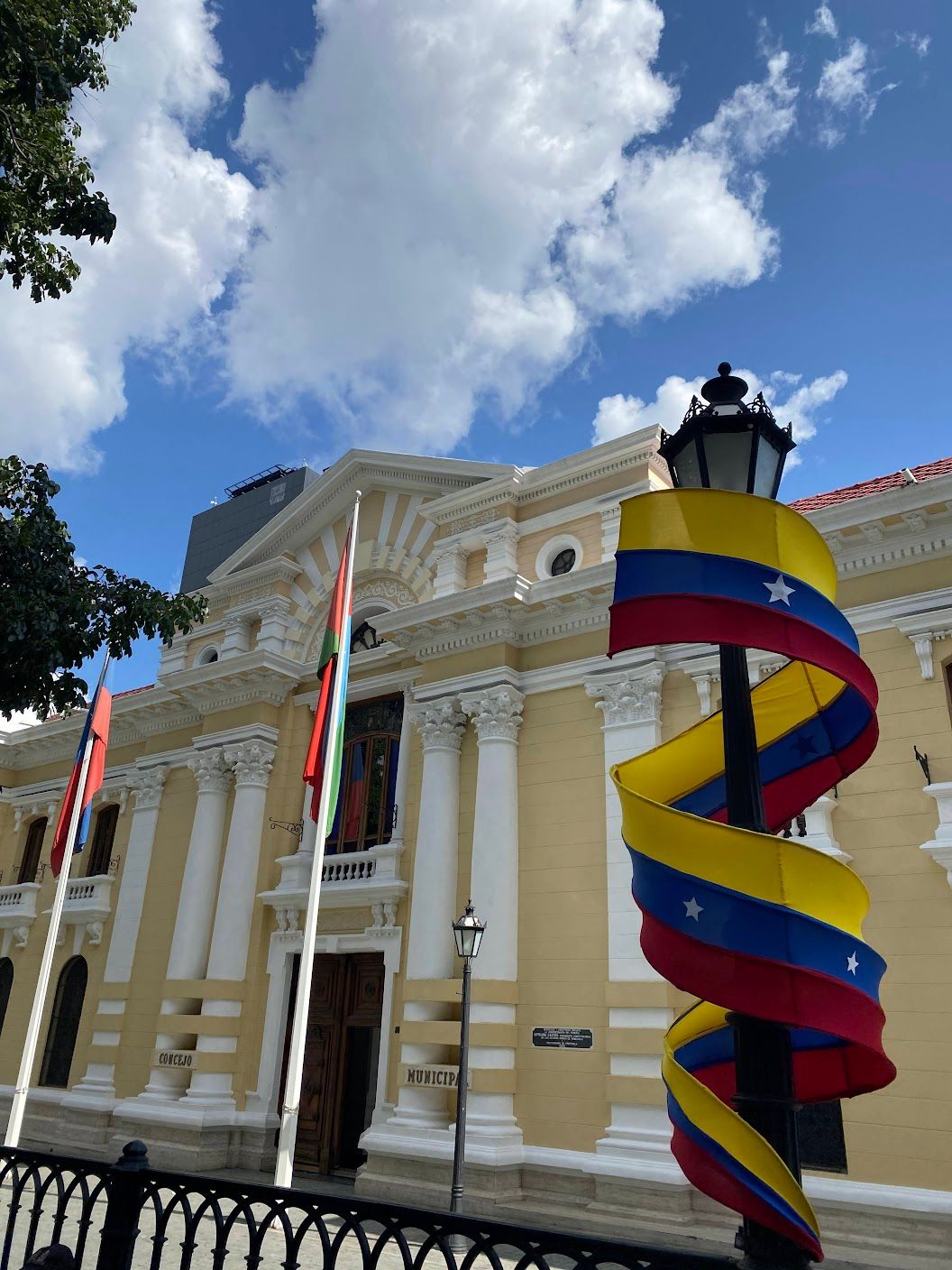
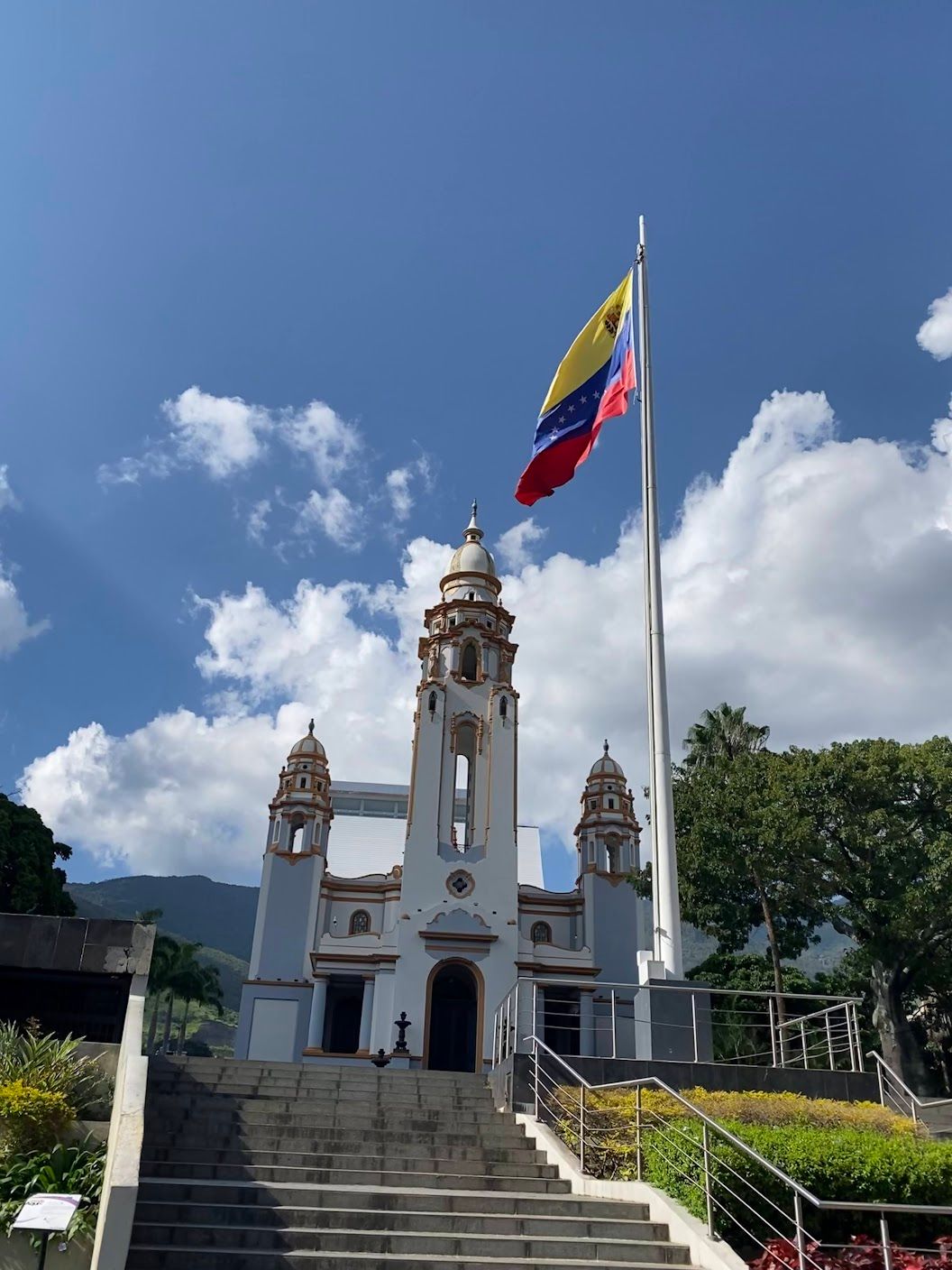
Day 2 of exploring the capital of Venezuela will be a day I never forget. I decided to head to the Avila National Park, which is a beautiful mountain that splits the city of Caracas from the Caribbean Sea. The cable car costs $30 for foreigners, but only $5 for locals. I joined a jeep tour with Venezuelan families and quickly made friends. They treated me to lunch (refusing to let me pay as I was a guest in their country), included me in every photo stop, and made me feel incredibly welcome.
At the top, we ate fresas con crema (strawberries with cream), watched the kids play paintball, and soaked in panoramic views where the mountains blurred into the sea. We decided to try our luck on the way down and pretend I was Venezuelan to pay $5 for the cable car. Later in the afternoon, I wandered through Parque Los Caobos and visited Ciudad Universitaria, one of Venezuela’s three UNESCO sites. It was the most heartwarming day in Venezuela, and it cemented my belief that Venezuelans might just be the friendliest people in South America.
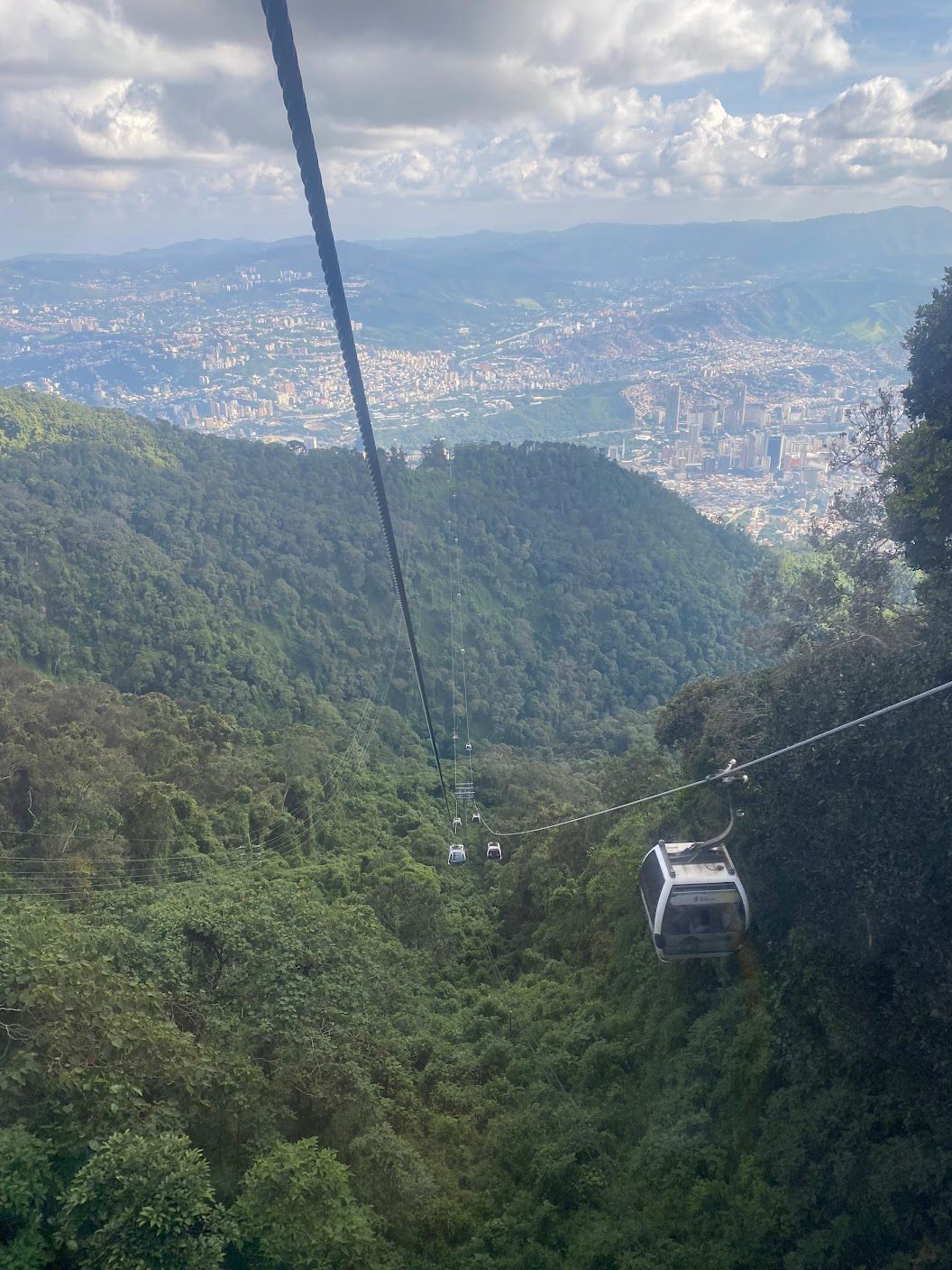
Days 3-4: The Coast of Choroni
After breakfast (4 pastels for $1!), I made my way to the coast. After a bit of asking around at the main bus terminal, I found the bus to Maracay. The second bus ride twisted through the mountains, and when I arrived in Choroní, the colors of the town and the view of the sea were breathtaking. I found a guesthouse on foot and headed straight to the waterfront for sunset.

The next day, I spent it entirely on the beach, and I don’t say this lightly: it was even better than anything I saw in northeast Brazil. Powdery sand, turquoise water, and hardly another soul around. There wasn’t much to do beyond relaxing, and that was perfect.

Why I Skipped Angel Falls
Angel Falls was originally part of the plan. But due to recent flight changes, tours now only depart from Caracas on Thursdays, and the timing didn’t work. The cheapest tour was $750 for three days. I still wanted to do it, but the lack of organization from the company forced me to skip it, but I know I’ll be back.
Final Thoughts: Should You Go to Venezuela?
Venezuela is one of the most rewarding and misunderstood places I’ve visited. But it’s not for everyone. In terms of safety, from my experience, it was no different than Colombia or Brazil. Of course, you have to be careful in big cities and be aware of your surroundings.
If you’re an experienced traveler, have strong Spanish, and are comfortable living offline, you’ll be amazed by the beauty, affordability, and warmth of the people. But if you rely on credit cards, need constant internet, or are easily rattled by border delays and police checkpoints, don’t go. It’s not a place to learn on the fly.
In terms of cost, it’s pretty average for South America – food and transportation are relatively inexpensive. here are a lot of free activities – especially in Caracas or at the beach, but the ones that people pay for, such as the cable car, are extremely expensive for foreigners. Same if you want to do any big tour such as Angel Falls. As I mentioned, accommodation is definitely higher than in the rest of South America.
Venezuela is more than its headlines. It’s full of kind people, stunning landscapes, and empty beaches just waiting to be rediscovered. Go in prepared, and it may just change how you see travel.
Category |
Notes |
|---|---|
|
Inter-city Busses |
$3/$30 |
|
Private Rooms |
$20 – $50 |
|
Food |
$2-$10 |
|
Angel Falls Tour |
$750 + |
|
Safety |
Moderate |
|
Internet |
Very Limited |
|
Currency |
Complex – bring USD |

